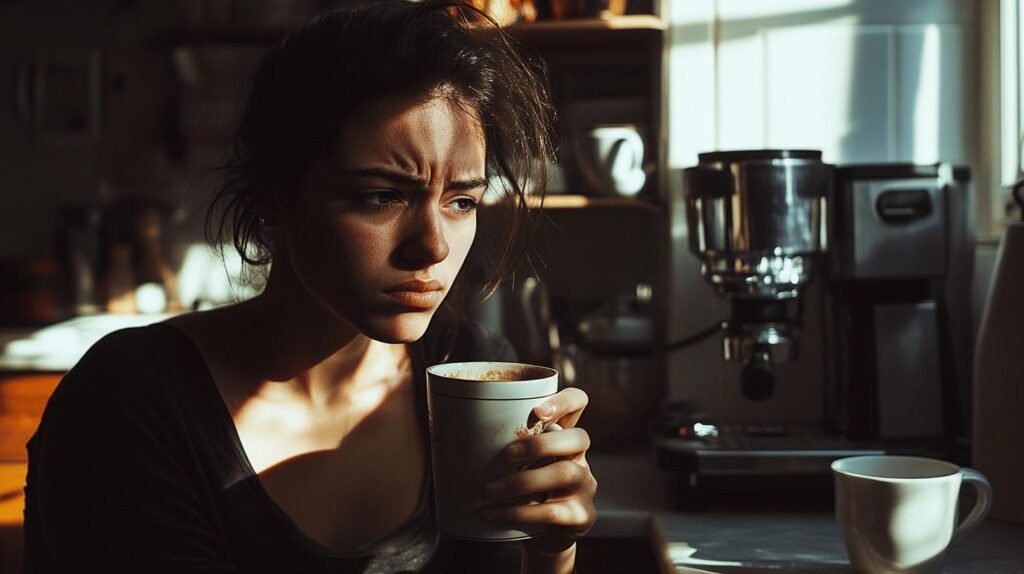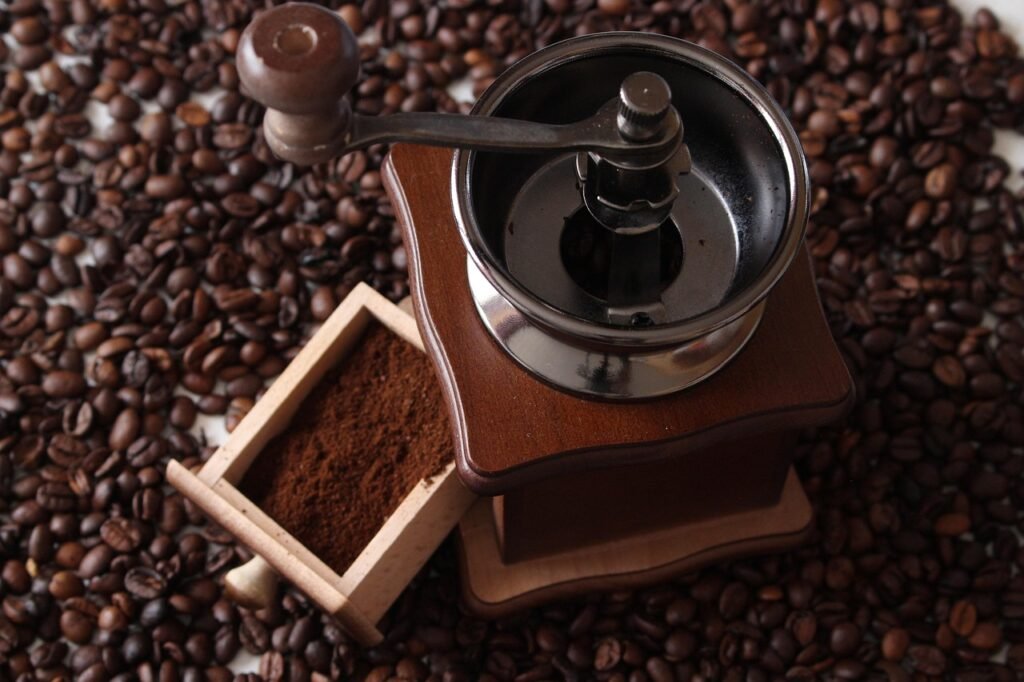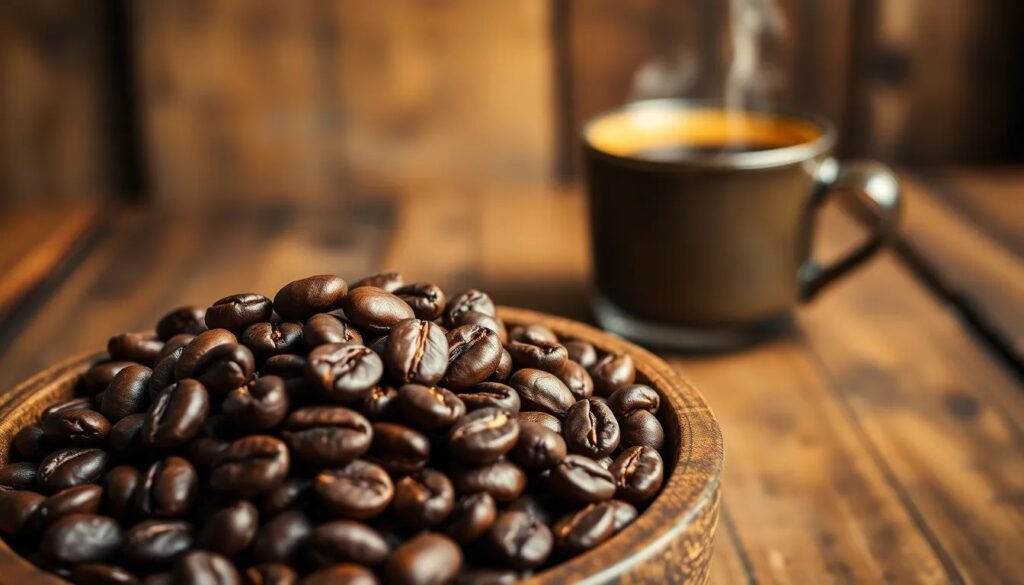
Artisanal Rituals for a Memorable Customer Experience
How can brands create a more balanced and memorable customer experience by blending artisanal product quality with thoughtful everyday rituals that keep people coming back?

TL;DR:
Common causes of watery coffee:
Brewing recommendations:
Equipment maintenance:
Regular descaling
Clean after use
Replace worn parts
Watery coffee can ruin your morning brew and leave you feeling unsatisfied. This common problem happens when coffee isn’t made quite right, but don’t worry – it’s easy to fix! There are several reasons why you might end up with watery coffee, from using too little ground coffee to brewing at the wrong temperature. In this article, we’ll look at why you might get watery coffee and how to solve this issue. With some simple tips and tricks, you can transform your weak, watery coffee into a stronger, tastier cup that’ll give you the perfect start to your day.
Watery coffee is a common issue that frustrates many coffee drinkers. Understanding the reasons behind this can help improve your coffee experience.
One primary cause is under-extraction. This happens when coffee grounds aren’t exposed to water long enough or the water temperature is too low. These conditions prevent full extraction of flavors from the grounds, leading to a weak taste. Insufficient brewing time often doesn’t allow water to fully penetrate the coffee grounds. Similarly, brewing at temperatures below the ideal 195-205°F range can also result in under-extraction.
Another major factor is over-dilution. This occurs when there’s too much water compared to the coffee grounds. It dilutes the coffee, making it taste weak. Equipment issues can worsen this problem. For example, coffee machines with broken heating coils may not maintain the correct brewing temperature, causing both under-extraction and over-dilution.

The coffee-to-water ratio is crucial for brewing a strong, flavorful cup. For a balanced brew, use one to two tablespoons of coffee grounds per six ounces of water. An improper ratio, like too much water with too few coffee grounds, leads to over-dilution and weak coffee. Accurate measurements ensure that the coffee’s strength and flavor are well-extracted.
Choosing the right grind size is another key step. Different brewing methods need specific grind sizes to optimize extraction. For example, a coarse grind is suitable for a French press, while a fine grind works best for espresso. Using the wrong grind size can result in under or over-extraction, which both contribute to watery coffee. Adjusting the grind size based on your brewing method can improve your coffee’s strength and flavor.
Ensuring optimal brewing time and temperature is essential. The ideal water temperature for most brewing methods is between 195-205°F. Brewing for the correct duration allows water to fully extract flavors from the coffee grounds. For instance, drip coffee makers should brew for 4-6 minutes, while espresso needs only 25-30 seconds. Deviating from these parameters can lead to weak, watery coffee.
Using fresh, high-quality coffee beans is also important. Stale or low-quality beans lack the robust flavors needed for a strong cup. Freshly roasted beans, ground just before brewing, ensure that essential oils and flavors are preserved. This enhances the coffee’s overall strength and richness.
| Brewing Method | Grind Size | Brewing Time |
|---|---|---|
| Drip Coffee Maker | Medium | 4-6 minutes |
| French Press | Coarse | 4 minutes |
| AeroPress | Medium to Fine | 30 seconds to 3 minutes |
| Espresso | Fine | 25-30 seconds |
| Cold Brew | Coarse | 12-24 hours |
A proper coffee-to-water ratio is essential for a balanced and flavorful cup. The recommended ratio is one to two tablespoons of coffee grounds per six ounces of water. This ratio ensures that the water extracts the right amount of flavors from the coffee grounds, resulting in a well-rounded taste. Too much water with too few coffee grounds leads to diluted coffee, while too many grounds with insufficient water can cause a bitter taste.
Over-dilution happens when the coffee-to-water ratio leans towards too much water. This weakens the coffee’s flavor, making it taste watery and unsatisfying. Conversely, over-extraction occurs when there are too many coffee grounds relative to the water. Over-extracted coffee is often bitter and harsh because the water pulls out too many compounds from the grounds. Adjusting the coffee-to-water ratio can improve coffee flavor and strength, ensuring a more enjoyable drink.

Grind size significantly impacts coffee extraction and directly affects the overall flavor and strength. Using the correct grind size for your brewing method ensures optimal extraction, preventing watery coffee and enhancing the taste.
Different brewing methods require specific grind sizes. A French press needs a coarse grind since larger coffee particles allow for longer steeping without over-extraction. Drip coffee makers work best with a medium grind, balancing extraction time and surface area. An AeroPress can use medium to fine grinds for different brew strengths. Espresso machines require a fine grind for a quick, high-pressure extraction, while a Moka pot needs a grind slightly coarser than espresso to prevent clogs and bitterness.
Adjusting the grind size can improve coffee extraction and flavor significantly. If your coffee tastes weak or watery, try a finer grind to increase the surface area for extraction. Conversely, if your coffee is overly bitter or strong, a coarser grind may help. Experimenting with different grind sizes and brewing methods can help you find the perfect balance for your taste preferences.
Different brewing methods have unique characteristics and parameters impacting the final cup’s flavor and strength. Understanding and optimizing these methods can help prevent watery coffee and ensure a robust brew. Techniques like blooming and ensuring even water distribution can enhance extraction, leading to a more satisfying coffee experience.
For drip coffee makers, achieving the right balance of extraction is key. Use a medium grind size and ensure the brewing temperature is within the optimal range of 195-205°F. The brewing time should be between 4-6 minutes. Consistently check and maintain your coffee maker to prevent equipment issues that can lead to weak coffee. Regular cleaning and descaling can prevent mineral buildup that affects water flow and temperature, ensuring a steady extraction process.
When using a French press, a coarse grind is essential to avoid over-extraction. Preheat your French press with hot water before adding ground coffee. After adding hot water, stir the grounds to ensure even saturation. Let the coffee steep for about 4 minutes before pressing the plunger down slowly and evenly. This method allows for full extraction without the risk of bitterness, resulting in a rich and flavorful cup.
The AeroPress offers flexibility with grind size and brewing time, allowing you to experiment for your preferred strength. Typically, a medium to fine grind works best. Start by blooming the coffee for 30 seconds, then press firmly but slowly over 1-2 minutes. The AeroPress’s pressure-based extraction method provides a concentrated and robust coffee, preventing the weak, watery taste often associated with quick brewing methods.
Even water distribution is crucial for consistent extraction. Techniques like swirl pouring, where you pour water in a circular motion to cover all coffee grounds evenly, can improve extraction. Using equipment with a showerhead design, such as certain drip coffee makers, ensures that water is evenly distributed over the coffee bed. This uniform saturation prevents channeling, where water flows through the path of least resistance, leading to uneven extraction and weak coffee.

Regular maintenance of coffee machines is crucial for ensuring optimal performance and preventing watery coffee. One common issue affecting coffee strength is mineral buildup inside the machine. Over time, minerals from water can accumulate, obstructing water flow and reducing the machine’s efficiency. Regular cleaning and maintenance ensure your coffee maker operates at its best and consistently produces strong, flavorful coffee.
Descaling your coffee maker is an essential part of this maintenance routine. Descaling removes mineral deposits that accumulate inside the machine. These deposits can impede water flow and affect the brewing temperature, leading to under-extracted and weak coffee. Using a descaling solution or white vinegar, follow the manufacturer’s instructions to clean the machine. Regular descaling keeps the water pathways clear and ensures the coffee maker heats water to the correct temperature, optimizing extraction and flavor.
Checking and replacing faulty machine parts is another critical aspect. Coffee makers have components like heating coils, filters, and gaskets that can wear out over time. A malfunctioning heating coil, for instance, can result in water not reaching the optimal brewing temperature, causing weak coffee. Regularly inspect these parts and replace them as needed to maintain the machine’s performance. Following the manufacturer’s maintenance guidelines helps extend the life of your coffee maker and ensures a consistently strong brew.
Watery coffee doesn’t have to be a daily struggle. By using the right amount of coffee, grinding beans correctly, and brewing at the right temperature, you can avoid weak coffee. Regular machine cleaning also helps. With these steps, you can say goodbye to watery coffee and hello to rich, flavorful brews.
Watery coffee often results from using too little coffee, grinding too coarsely, or brewing at low temperatures.
Use more coffee grounds, grind beans finer, and make sure your water is hot enough when brewing.
Yes, different machines need different grinds and brewing times for the best results.
Yes, stale beans can lead to weak, flavorless coffee. Always use fresh beans for the best taste.
Clean your coffee maker after each use and descale it monthly to prevent weak, odd-tasting coffee.

How can brands create a more balanced and memorable customer experience by blending artisanal product quality with thoughtful everyday rituals that keep people coming back?

Independent coffee shops have always been about more than caffeine—they’re hubs of creativity, connection, and care. As café culture continues to evolve, new trends are

Introduction Independent cafes win when they feel like the neighborhood’s living room and operate with the discipline of a great kitchen. Below is a quick

Discover how top specialty coffee brands create lasting loyalty through storytelling, sourcing, and community connection. Real tips from 6 industry experts.

Discover the ultimate showdown between two beloved coffee brewing methods: the French press and Chemex. Explore how each technique caters to distinct palates, with the French press delivering bold flavors and the Chemex presenting a bright, clean taste.

Unlock the secrets to brewing the perfect cup of coffee with our comprehensive guide on using a coffee scale. Discover how precise measurements enhance flavor and consistency while eliminating bitterness.

Discover how water temperature plays a vital role in brewing the perfect cup of coffee. This article delves into the ideal temperature range of 195°F to 205°F for optimal flavor extraction, enhancing the enjoyment of high-quality beans.

Discover the world of curated specialty coffee bundles, perfect for enthusiasts seeking quality and craftsmanship. This article explores the benefits of ethically sourced, small-batch beans from brands like Equipoise Coffee, offering diverse flavor profiles that elevate your brewing experience.

Discover the art of manual brewing to elevate your coffee experience! This article explores various techniques like pour-over, French press, and AeroPress, revealing how they enhance flavor and your connection to every cup.